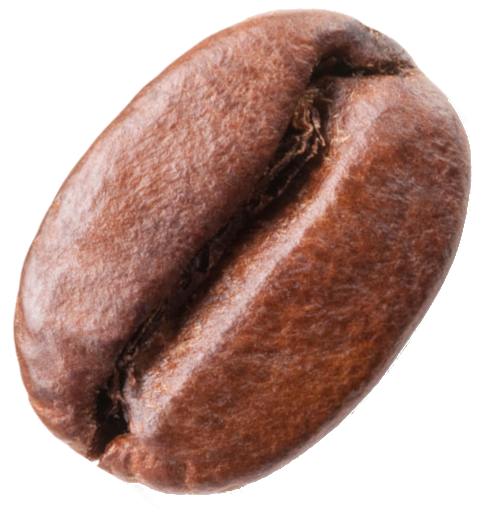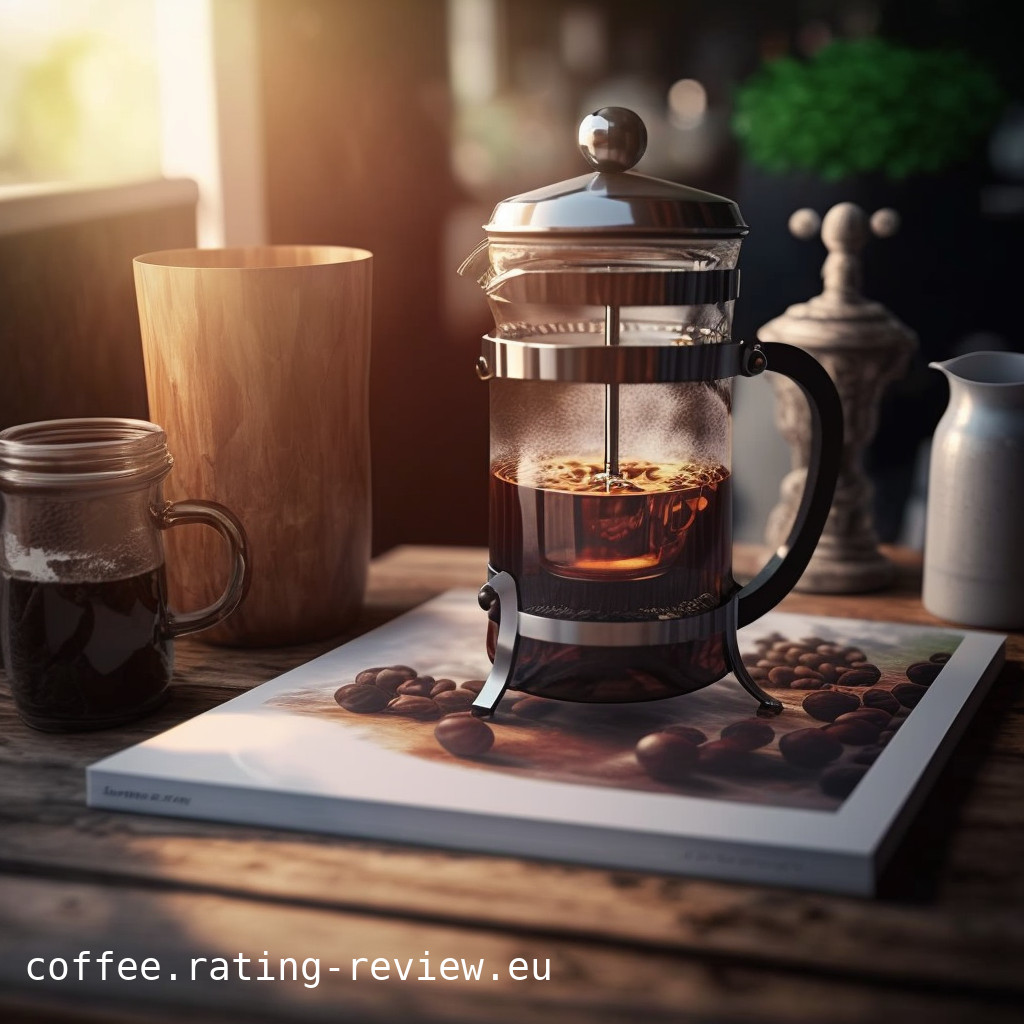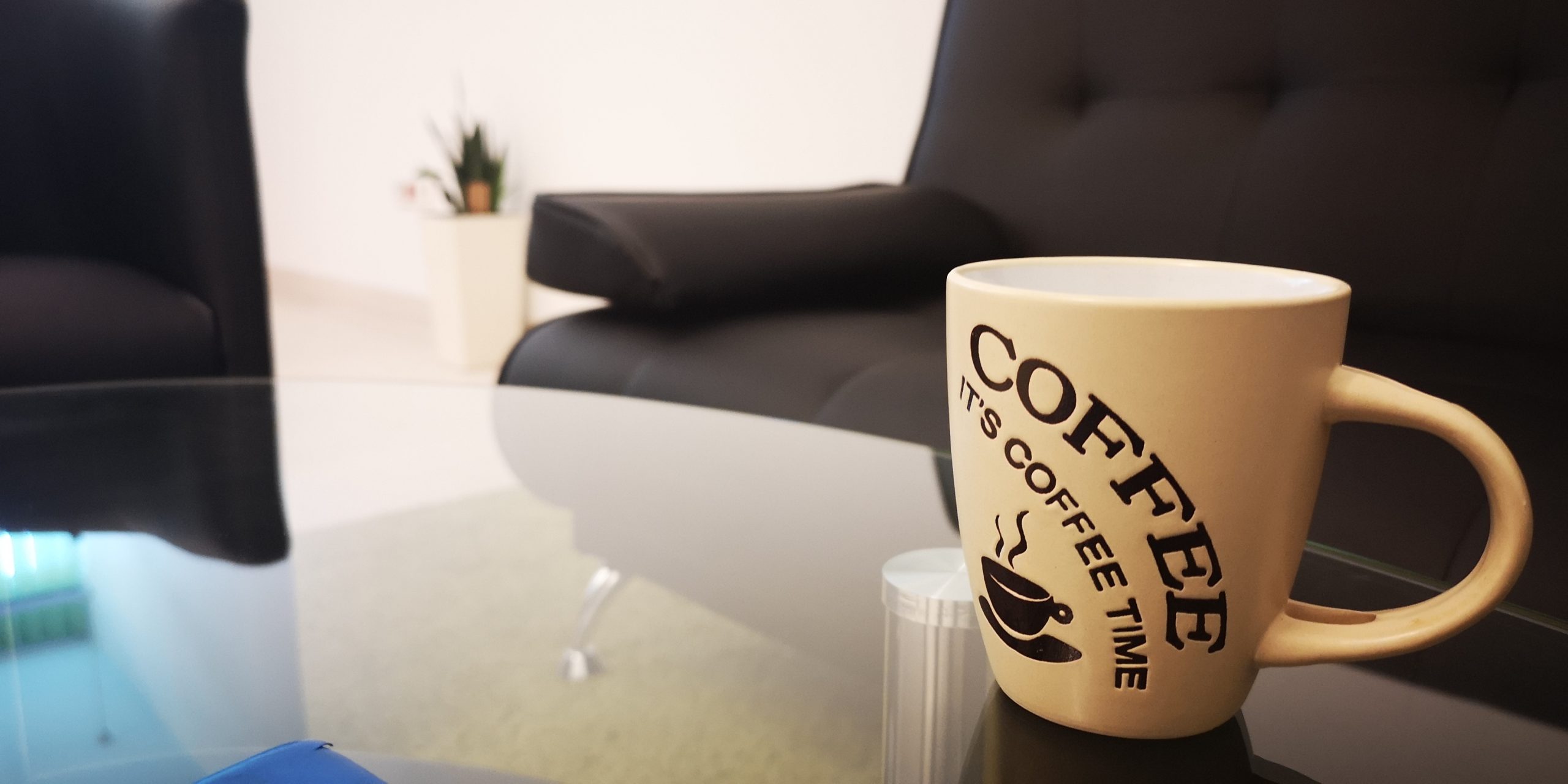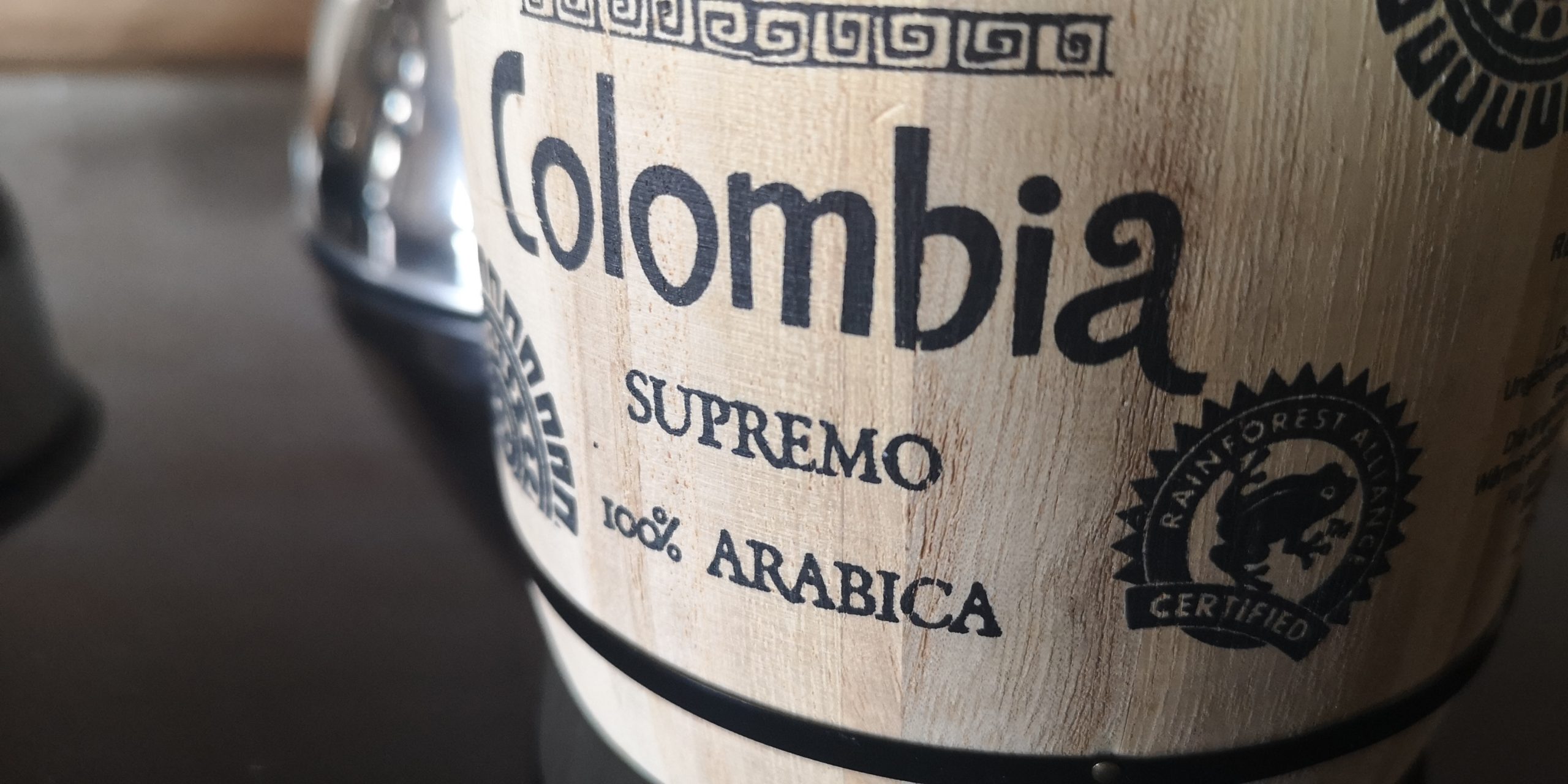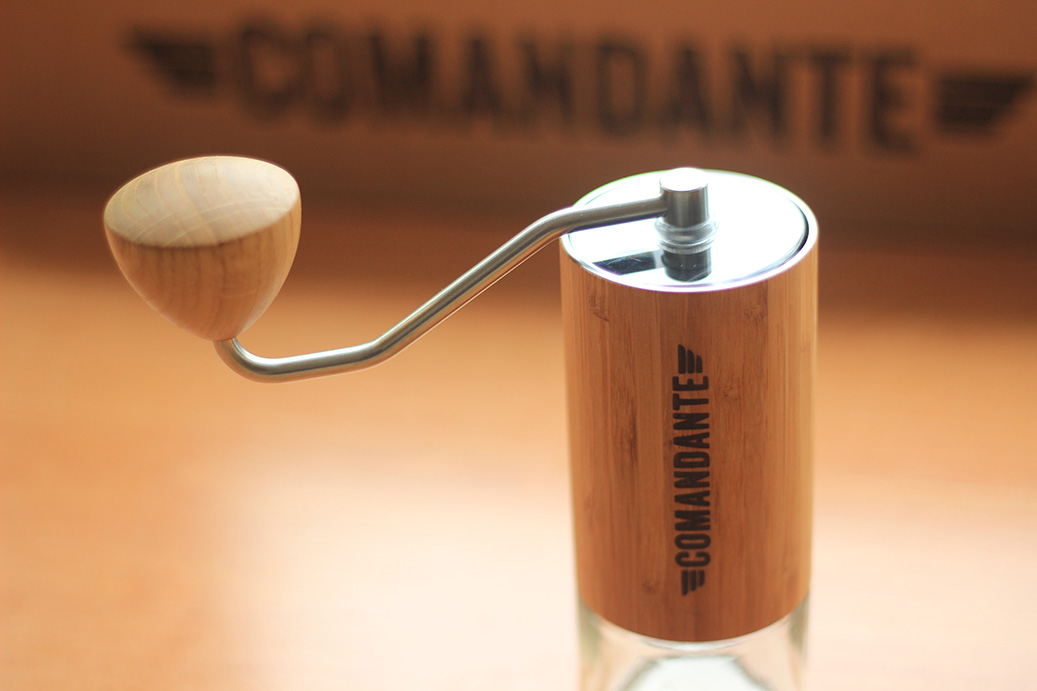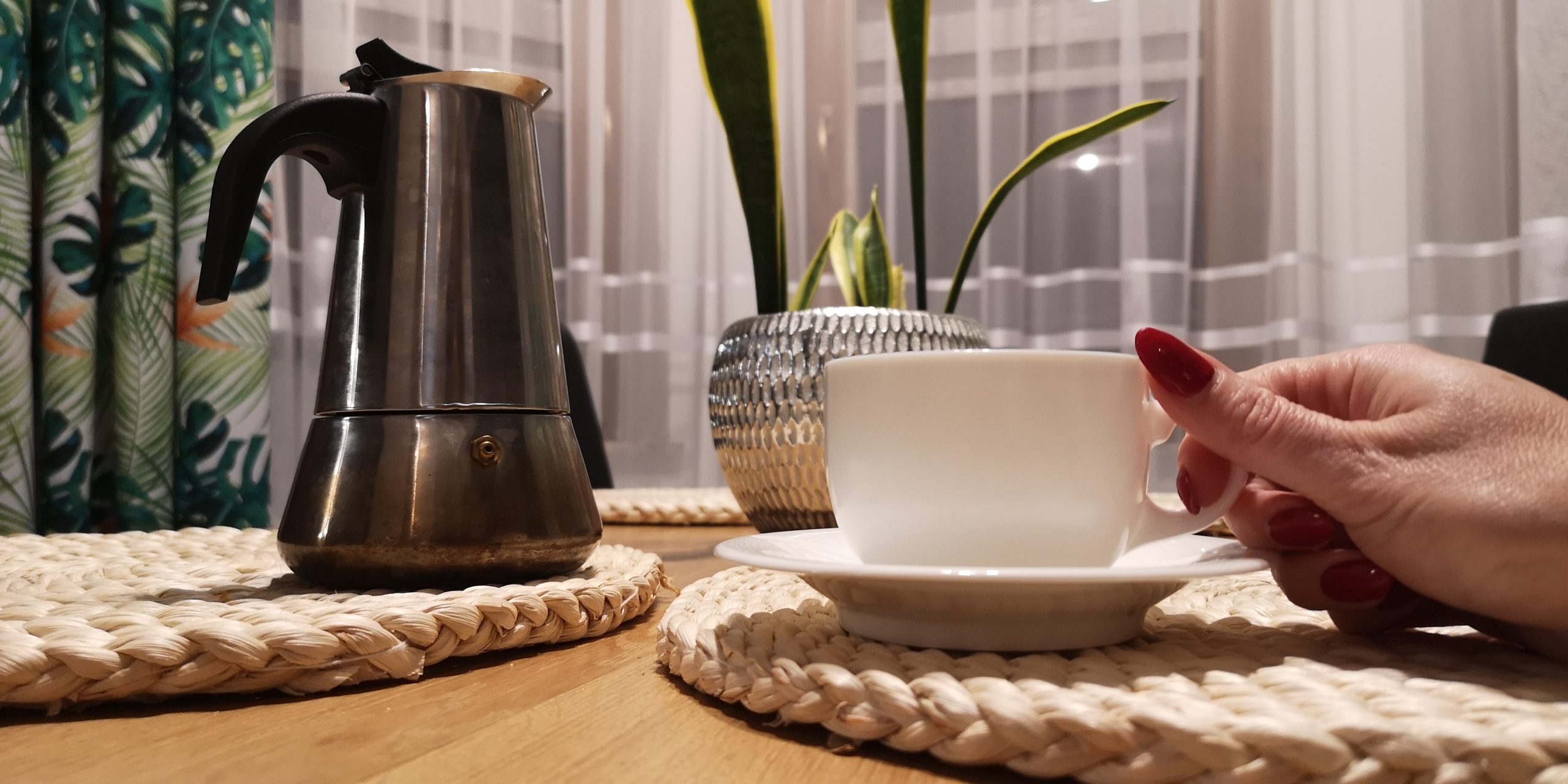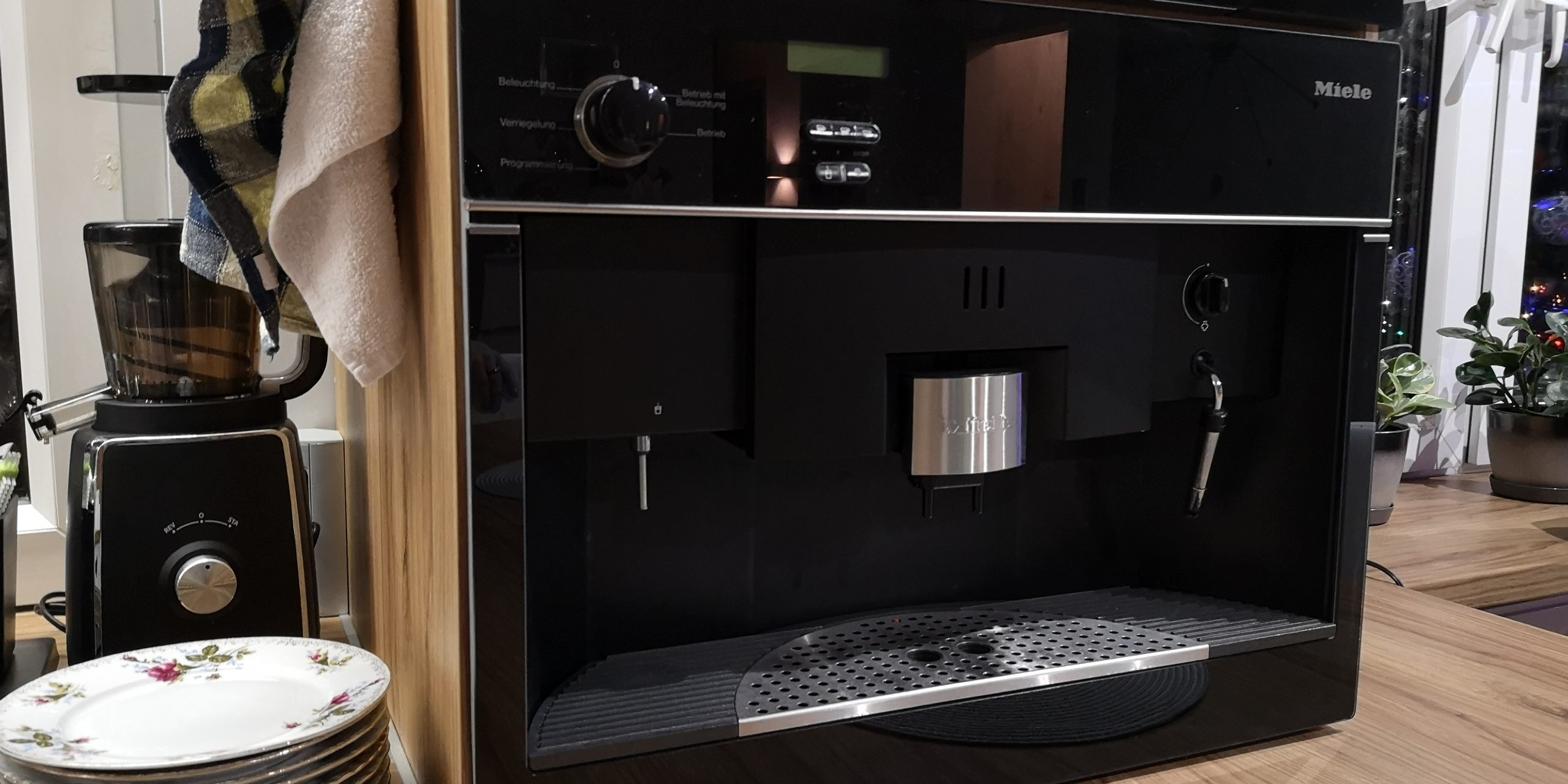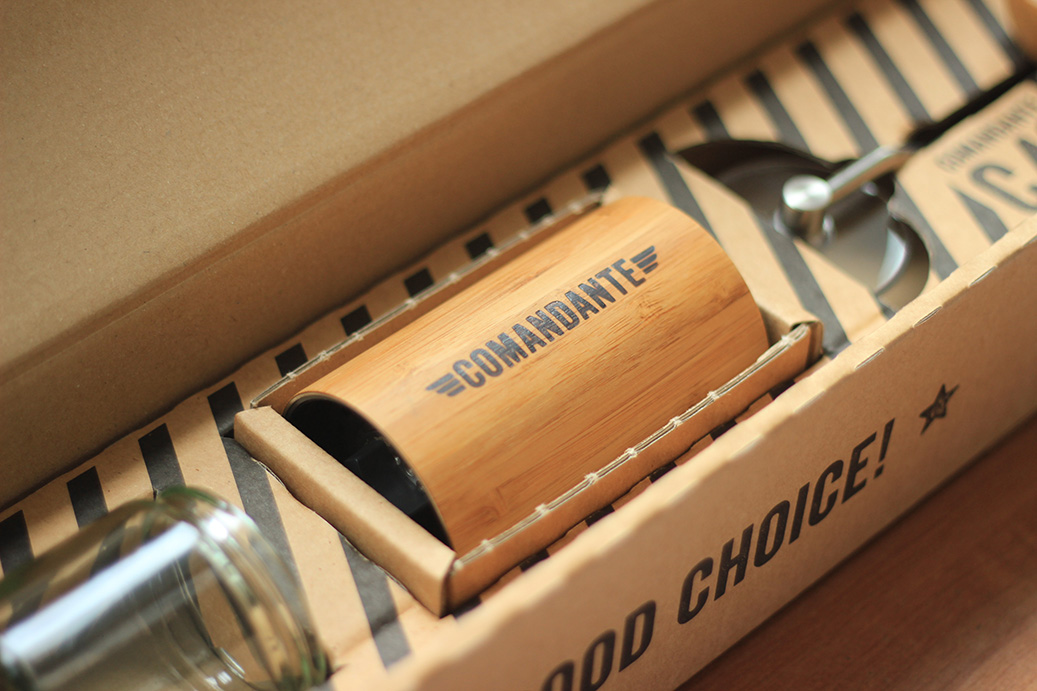The best models of coffee presses
What are the advantages of having a French coffee press? You don’t need to write. However, what we can expect and what to pay attention to when buying such a device, it is always worth checking before going to the store. The best models of coffee presses have two things in common: The pressure range varies from 0.8-1.8 gpm, and it is not recommended to push too hard or fast. Therefore, for the most part, all models are more suitable for smaller presses. The most popular coffee press for home use is an electric model which can be bought The…
